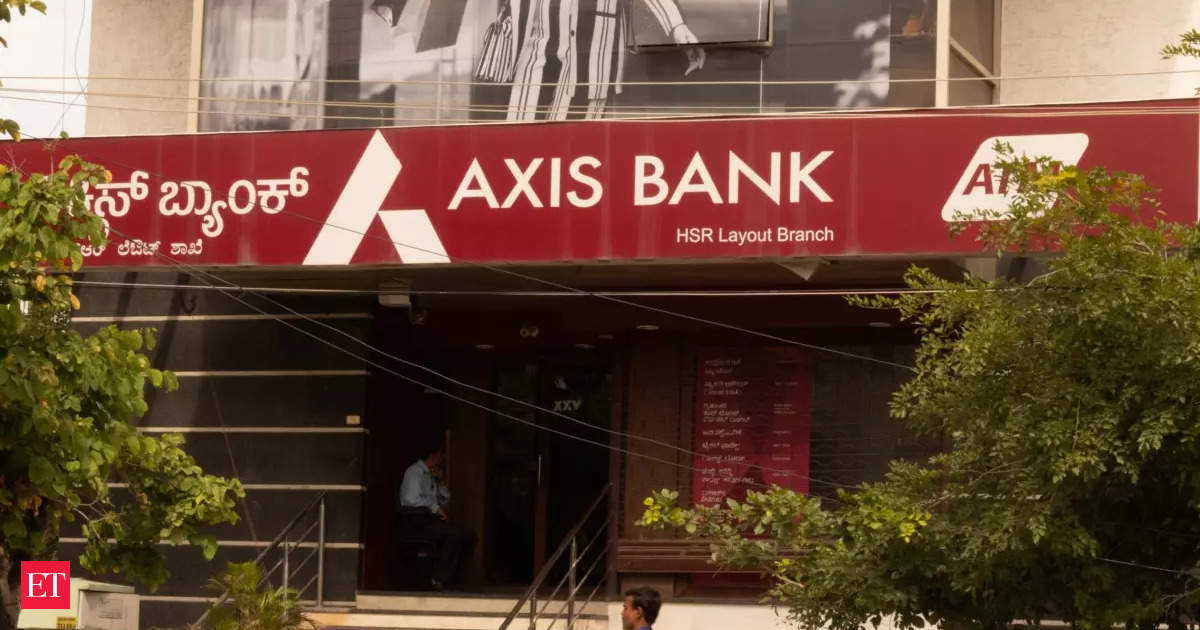Introduction
When it comes to property transactions in India, understanding the tax implications is crucial. One such important aspect is the Tax Deducted at Source (TDS) on property transactions. This is governed by the Income Tax Act, 1961. Form 26QB plays a pivotal role in this process. This blog post will delve into the intricacies of Form 26QB. It will discuss its significance and the procedure to file it. It will also cover the legal requirements surrounding it.
What is Form 26QB?
Form 26QB is a challan-cum-statement form used for the payment of TDS on the sale of immovable property. As per Section 194-IA of the Income Tax Act, any individual or Hindu Undivided Family (HUF) purchasing immovable property (excluding agricultural land) worth ₹50 lakh or more is required to deduct TDS at 1% of the transaction value or the stamp duty value, whichever is higher.
Importance of Form 26QB
The introduction of Form 26QB aims to streamline the process of tax collection on property transactions and ensure compliance with tax laws. It helps the government track high-value property transactions and ensures that the seller’s income is appropriately taxed.
Legal Framework: Section 194-IA
Section 194-IA of the Income Tax Act mandates that the buyer must deduct TDS at the rate of 1% on the total sale consideration of the property. This section was introduced in the Finance Act, 2013, and has been effective since June 1, 2013.
Key Points to Remember
- Threshold Limit: TDS is applicable only if the transaction value exceeds ₹50 lakh.
- Rate of TDS: The rate of TDS is 1% of the total sale consideration or the stamp duty value, whichever is higher.
- Responsibility: The buyer is responsible for deducting and depositing the TDS.
- Form 26QB Filing: The TDS must be deposited using Form 26QB within 30 days from the end of the month in which the TDS was deducted.
Step-by-Step Guide to Filing Form 26QB
Step 1: Access the Income Tax Department’s Website
Visit the official website of the Income Tax Department of India. Navigate to the ‘e-Pay Tax’ section.
Step 2: Select Form 26QB
Choose ‘Form 26QB (TDS on Sale of Property)’ from the list of available forms.
Step 3: Fill in the Details
You will need to provide the following details:
- Buyer’s Information: Name, PAN, address, and contact details.
- Seller’s Information: Name, PAN, address, and contact details.
- Property Details: Complete address, type of property, and transaction value.
- Payment Details: Amount paid/credited, TDS amount, and payment mode.
Step 4: Payment of TDS
After filling in the details, proceed to make the payment. You can choose from various payment modes such as net banking, debit card, or e-challan.
Step 5: Generate and Save the Acknowledgment
Once the payment is successful, an acknowledgment number will be generated. Save this for future reference.
Penalties for Non-Compliance
Failure to comply with the TDS provisions can result in penalties. If the buyer fails to deduct TDS, they may be liable to pay interest at the rate of 1% per month from the date on which TDS was deductible to the date on which TDS is actually deducted. Additionally, a late fee of ₹200 per day may be imposed for delays in filing Form 26QB.
Common Mistakes to Avoid
- Incorrect PAN: Ensure that the PAN details of both the buyer and seller are correct.
- Incorrect Property Value: Double-check the transaction value to avoid discrepancies.
- Late Filing: File Form 26QB within the stipulated time to avoid penalties.
Benefits of Filing Form 26QB
- Legal Compliance: Ensures compliance with tax laws and avoids legal hassles.
- Transparency: Provides a transparent record of the transaction.
- Avoid Penalties: Timely filing helps avoid penalties and interest charges.
How To Correct Mistakes in Form 26QB
Correcting mistakes in Form 26QB is a straightforward process that can be done online through the TRACES (TDS Reconciliation Analysis and Correction Enabling System) website. Here’s a step-by-step guide to help you through the correction process:
Steps to Correct Form 26QB
- Log in to the TRACES Website
- Visit the TRACES website.
- Log in using your registered User ID and Password.
- Initiate Correction Request
- Navigate to the “Statements/Forms” tab.
- Select “Request for Correction” to start a correction request.
- Enter Relevant Details
- Provide the necessary details such as:
- Assessment Year
- Acknowledgement Number
- PAN of the Seller
- Provide the necessary details such as:
- Submit Correction Request
- Click on “File Correction” to submit your request.
- A request number will be generated after submission.
- Track Correction Request
- Go to the “Track Correction Request” option under the “Statements/Forms” tab.
- Once the status is “Available,” click on it to continue.
- Edit Details
- Enter the CIN (Challan Identification Number) details as per the filed 26QB statement.
- Proceed to edit the required fields.
Fields That Can Be Corrected
Critical Fields (allowed twice only):
- PAN of Buyer
- PAN of Seller
- Financial Year
- Amount Paid/Credited
- Date of Payment/Credit
- Date of Deduction
- Property Details
- Total Value of Consideration
- Payment Type
- Total Amount Paid/Credited in previous instalments
- Total Stamp Duty Value of the Property
Non-Critical Fields:
- Major Head
- Address of Buyer/Seller
- Email ID of Buyer/Seller
- Mobile Number of Buyer/Seller
- Date of Agreement/Booking
Verification of Correction
You can verify the correction request through:
- Netbanking
- Digital Signature Certificate (DSC)
- Assessing Officer (AO) Approval
Important Points to Remember
- Ensure all details, especially PAN and property value, are accurate to avoid discrepancies.
- Corrections in critical fields are limited to twice only.
- Timely submission of corrections helps avoid penalties and interest charges.
By following these steps, you can correct any mistakes in Form 26QB efficiently.
Conclusion
Form 26QB is an essential document for anyone involved in high-value property transactions in India. By understanding the requirements and following the correct procedure, buyers can ensure compliance with the Income Tax Act and avoid potential penalties. Always consult with a tax professional if you have any doubts or need assistance with the filing process.
Frequently Asked Questions (FAQs)
1. What is Form 26QB?
Form 26QB is a challan-cum-statement form used for the payment of Tax Deducted at Source (TDS) on the sale of immovable property. It is required when the transaction value exceeds ₹50 lakh.
2. Who is required to file Form 26QB?
The buyer of the property is responsible for filing Form 26QB. This applies to individuals and Hindu Undivided Families (HUFs) purchasing immovable property (excluding agricultural land) worth ₹50 lakh or more.
3. What is the rate of TDS on property transactions?
The TDS rate on property transactions is 1% of the total sale consideration or the stamp duty value, whichever is higher.
4. When should Form 26QB be filed?
Form 26QB must be filed within 30 days from the end of the month in which the TDS was deducted.
5. What details are required to fill Form 26QB?
You need to provide details such as:
- Buyer’s and seller’s PAN
- Property details
- Transaction value
- TDS amount
- Payment details
6. What happens if there are mistakes in Form 26QB?
If there are mistakes in Form 26QB, you can correct them through the TRACES website. Corrections should be made promptly to avoid penalties and ensure accurate tax records.
7. Are there any penalties for late filing of Form 26QB?
Yes, a late fee of ₹200 per day is levied for each day the filing is delayed, subject to a maximum amount equal to the TDS amount.
8. Can TDS be paid in installments?
No, TDS on property transactions must be deducted and paid in a single installment at the time of payment to the seller.
9. How can I verify the TDS payment?
You can verify the TDS payment by checking Form 26AS on the Income Tax Department’s website. The TDS amount should reflect under the seller’s PAN.
10. What are the consequences of not deducting TDS on property transactions?
Failure to deduct TDS can result in interest charges of 1% per month from the date the tax was deductible to the date it is actually deducted. Additionally, penalties may be imposed for non-compliance.
-
Microsoft sacks two employees on call for organising vigil for Palestinians killed in Gaza war
IT giant Microsoft sacked two employees on call after they organised an unauthorised vigil at the company’s headquarters for Palestinians killed in Gaza during Israel’s war with Hamas, reported news …
-
Don’t Miss Out! How Senior Citizens Can Easily Submit Their Life Certificate Online
Introduction In India, senior citizens who receive pensions are required to submit a life certificate, known as the Jeevan Pramaan certificate, annually to ensure the continued disbursement of their pension. …
-
Can the Second Wife Claim a Deceased Government Employee’s Pension?
Family pension rules can be challenging, especially when it involves the second wife of a deceased government employee. This comprehensive guide aims to provide clarity on this topic, ensuring you …
-
Axis Bank re-appoints Amitabh Chaudhry as MD & CEO of bank for 3 years
Axis Bank on Thursday reappointed Amitabh Chaudhry as the Managing Director and Chief Executive Officer of the bank for the next three years starting January 1, 2025.
-
Road ready for multilateral banks to meet funding needs: Finance Minister Nirmala Sitharaman
Finance MinisterNirmala Sitharamanhas said a “pathway has been successfully built” to enable multilateral development banks (MDBs) to better address global challenges and financing requirements.. Participating in the fourth meeting of …
-
Overhang for Axis Bank over, Amitabh Chaudhry secures re-appointment from RBI
MUMBAI: Private sector lenderAxis Bankon Thursday said that theReserve Bank of Indiahas approved there-appointmentof its chiefAmitabh Chaudhryfor three years. The bank’s board had applied in April to the RBI to …






